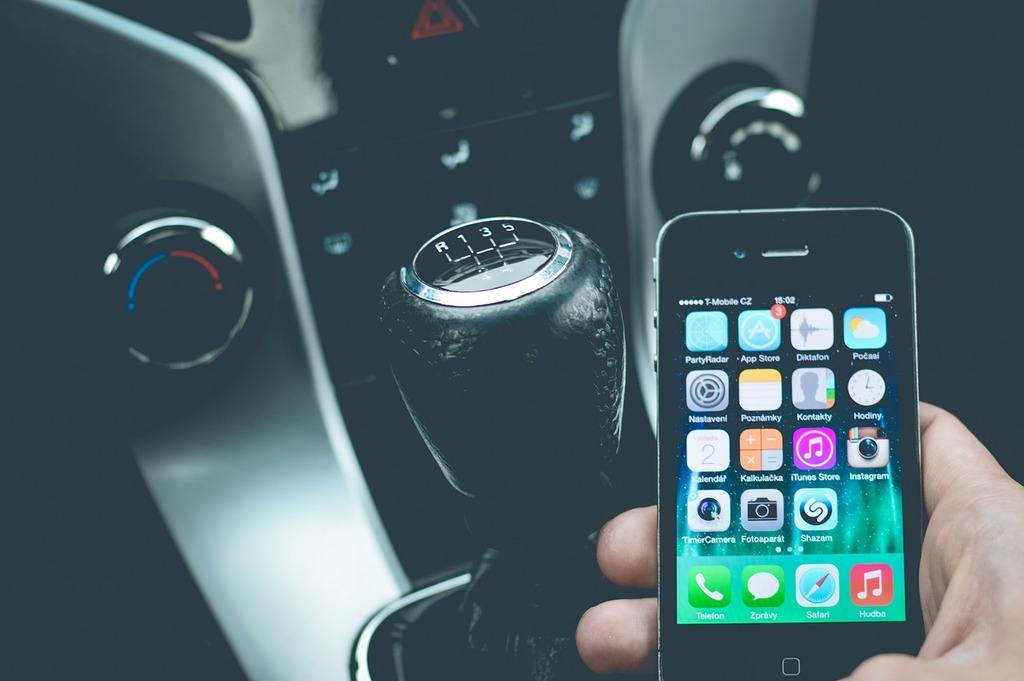Texting and driving. Simply saying, “just don’t do it” isn’t working. According to the Canadian Automobile Association, driver distraction is a factor in 4 million vehicle crashes in North America each year, and 26 percent of all car crashes involve phone use.
On top of that, drivers who text are 23 times more likely to be involved in a collision than their non-distracted counterparts.
Technology Burden
Yes it can be tempting to blame technology. Distracted driving wasn’t as much of an issue before the mobile phone, was it? Maybe if our phones weren’t so distracting, we wouldn’t be distracted by them? The new Galaxy S7 edge, for example, has specs that put even some computers to shame – HD display, a dual-pixel camera, and over 250 GB of memory – making it a beast of a machine that negates the need for expensive GPS systems and a slew of other road travel accouterments.
Maybe technology has created its own demise; it’s so appealing that we just can’t say no to it anymore.
Maybe the solution is that drivers stop investing in smartphones with enough memory to replace our road maps and enough pixels to replace our cameras? But that’s not how advancement works. Technology has created a problem, and if vehicle manufacturers have anything to say about it, technology will fix it. After all, if we start going down the road of blaming technology for our driving woes, we might as well begin with engine technology, fuel systems, and tire rubber.
The further we go down that road, the closer we get to the invention of the wheel.
The problem is not the tech; it’s with how we apply it. Due to the tireless efforts of safety organizations across North America, light is finally being shed on the scientific causes behind distracted driving that ultimately cause great suffering for drivers. Having a deeper understanding of factors like brain chemistry, the perceived ability to multitask, and changing communication expectations have allowed for practical solutions to start taking shape. Instead of just saying, “please don’t text, it’s dangerous,” we can now begin to offer solutions.
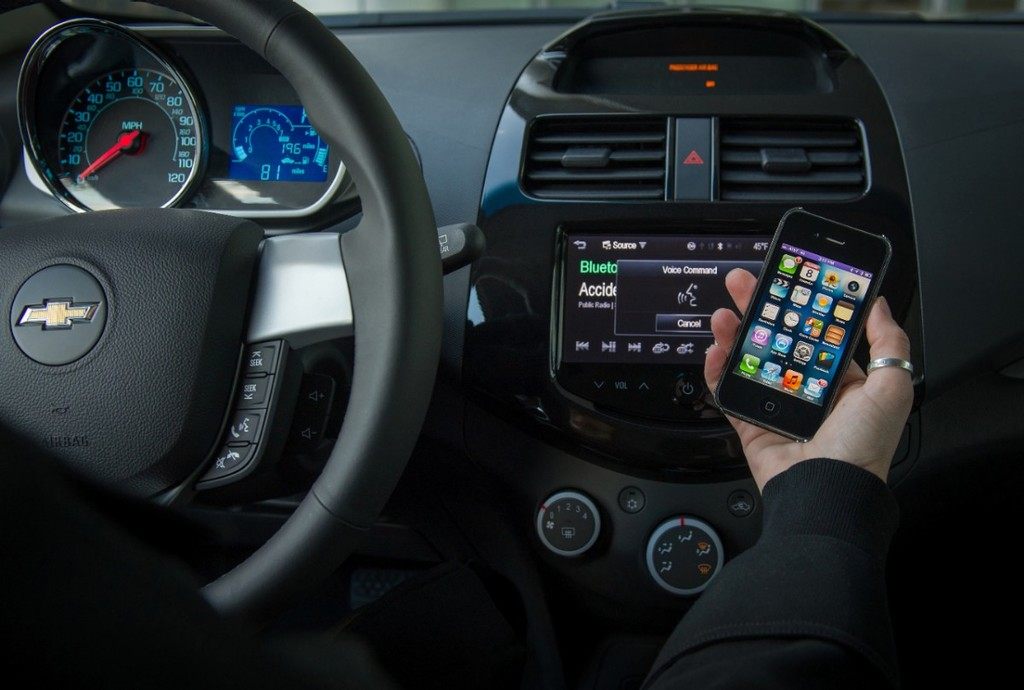
Smartphone Apps
Once we accept that technology is not the problem, it quickly becomes apparent that it will be part of the solution. Texting is an addictive behavior for a number of neurological reasons, one of which has to do with self-deception. According to the American Safety Council, most people believe they are capable of multitasking. They honestly feel that it’s not dangerous for them to drive and send off a quick text message, or participate in some other form of distracted driving. Cognitive neuroscientist David Strayer says that, actually, only about 2.5 percent of the population can truly multitask. The rest of us are splitting our attentions between two tasks, albeit rapidly, and never fully focusing on the road.
Once most drivers realize that perhaps their brains are just like the other 97.5 percent, the best way to combat distraction is to mitigate it at the source. Don’t throw the phone out the window; instead, download an app or two to help ease the temptation.
There are a whole bunch of free and inexpensive apps out there to help drivers fight that intense urge to respond to a text message. They do everything from blocking incoming messages if the car is moving above a certain speed to sending auto replies like “sorry, Liz is driving right now. She’ll text you back later!”
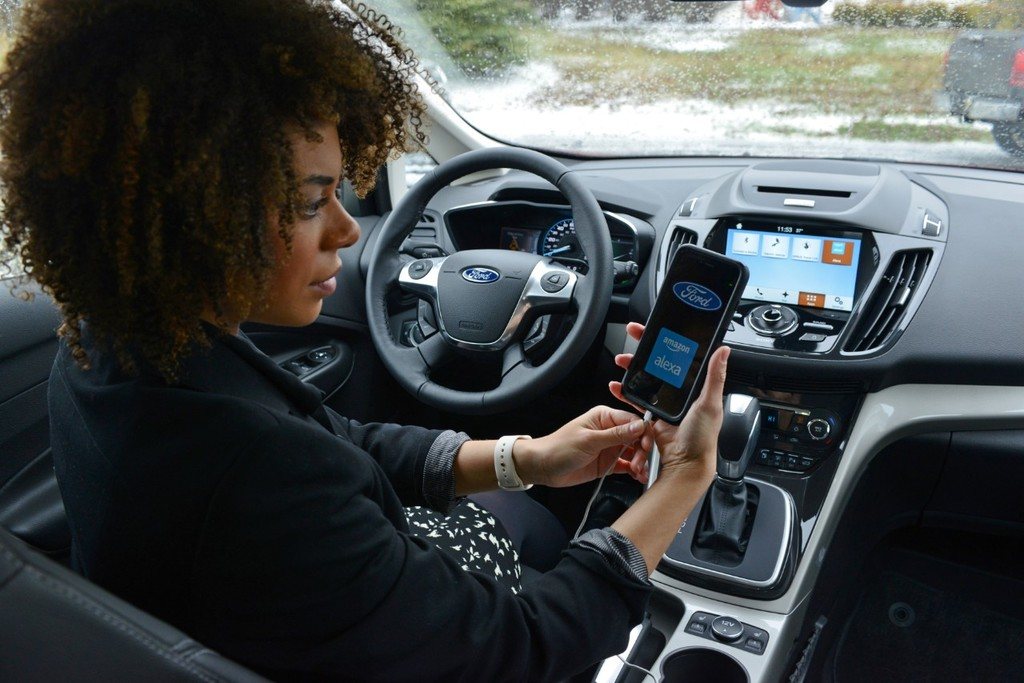
Text To Speech
If having the phone nearby is simply too much of a temptation, another option is to bypass it altogether. Built-in infotainment consoles are the rage in modern vehicles. They’re the little screens in the dash that display apps similar to a smartphone – phone, music, maps, podcasts, etc. The biggest difference between these consoles and an ordinary smartphone, aside from the obvious fact that one is attached to a car, is that an infotainment console cannot be used for texting.
Instead, engineers found a much more road-appropriate workaround: text to speech. Instead of drivers fumbling around with their smartphones and taking their eyes off the road for dangerous amounts of time, text-to-speech allows drivers receive and send text messages simply by tapping an icon and speaking a command. Drivers can use verbal commands like “read new message” or “reply” to verbally compose a new message. When driving conditions require every ounce of their attention, they can simply hit a button that sends the response “I’m driving right now” and reply later.
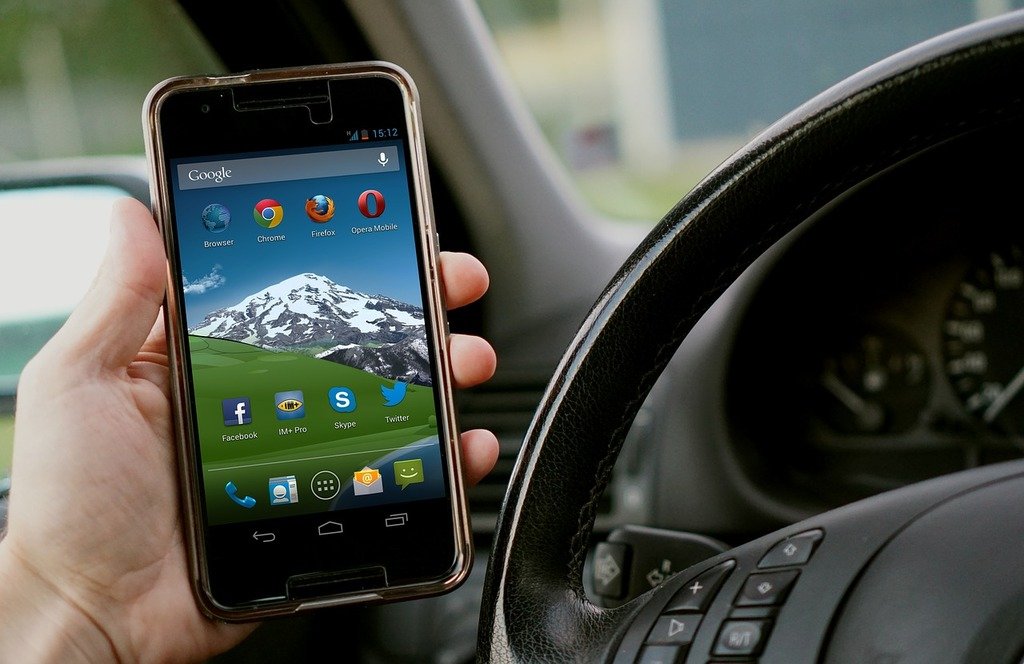
Teen Driver Contracts
Young drivers are some of the most susceptible to the allures of distracted driving, especially when it comes to technology. It’s no secret that many teens today treat their smartphones like extensions of their bodies. But just because teens have a more comfortable relationship with technology does not mean they are any more adept at driving. Obviously. If anything, their sense of self-deception is stronger simply by nature of their brain development and inexperience.
A study by the American Automobile Association found that 46 percent of teens text and 51 percent talk on the phone while driving. Pair that with the 2015 finding that distraction was a factor in 6 out of 10 moderate-to-severe teen crashes, and it’s no wonder parents are taking the issue very seriously.
Whether you have kids or not, as the car lovers of today, it’s our responsibility to train the drivers of tomorrow. It doesn’t matter if they’re set to be casual drivers or soon-to-be racecar drivers. Many teens have smartphones by the time they get their first driver’s license. Parents can combat the dangerous temptation and peer pressure their teens may feel to text and drive by establishing clear boundaries between the phone and car. Teen driver contracts outline hazards for teens to avoid, like texting behind the wheel, and clearly define consequences for breaking the rules. Parents who suspect their teen is not following the established rules can even download parental control apps, discussed above, to alert them when something is amiss.
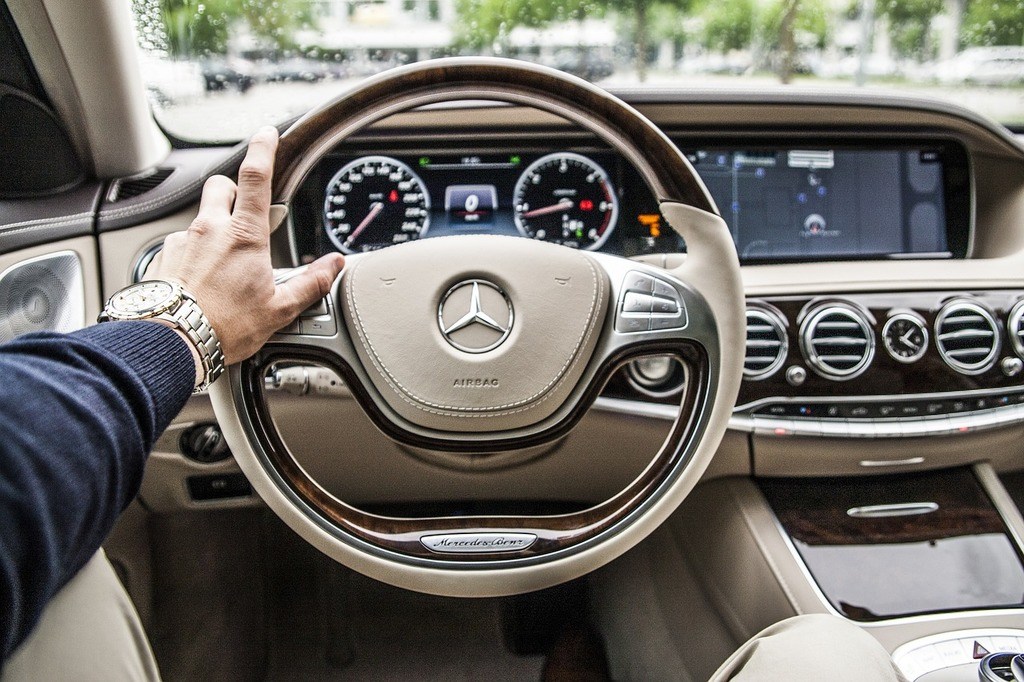
Mental Preparation
Ending distracted driving is all about re-training drivers to be fully present on the road. It’s a simple goal, yet fraught with endless complexities. It starts simply by understanding what distracted driving looks and feels like. Once there, we can begin to take advantage of tech-based solutions to help mitigate the problem.
In the end, driving distracted is a choice.
Yet at the same time, it’s a behavior so ingrained in our society it’s not a simple habit to break. Drivers are poised to end the habitual, dangerous cycle of distraction, but they won’t quite get there until they’re armed with a full understanding of their own behaviors. Only when drivers are presented with tools like apps, text-to-speech, and contracts to change their behaviors, will they be able to make the right choice.
Katie Kapro spent her childhood handing her dad tools under his Datsun. She loves thinking about the social aspects of motoring, and dreaming about the future of automotives. Follow her work on Twitter: @kapro101

